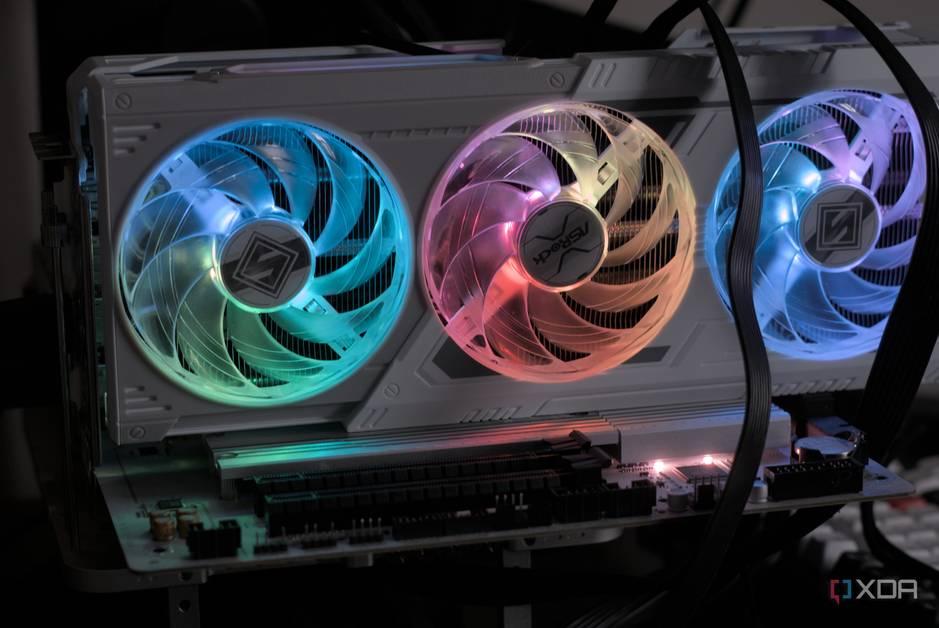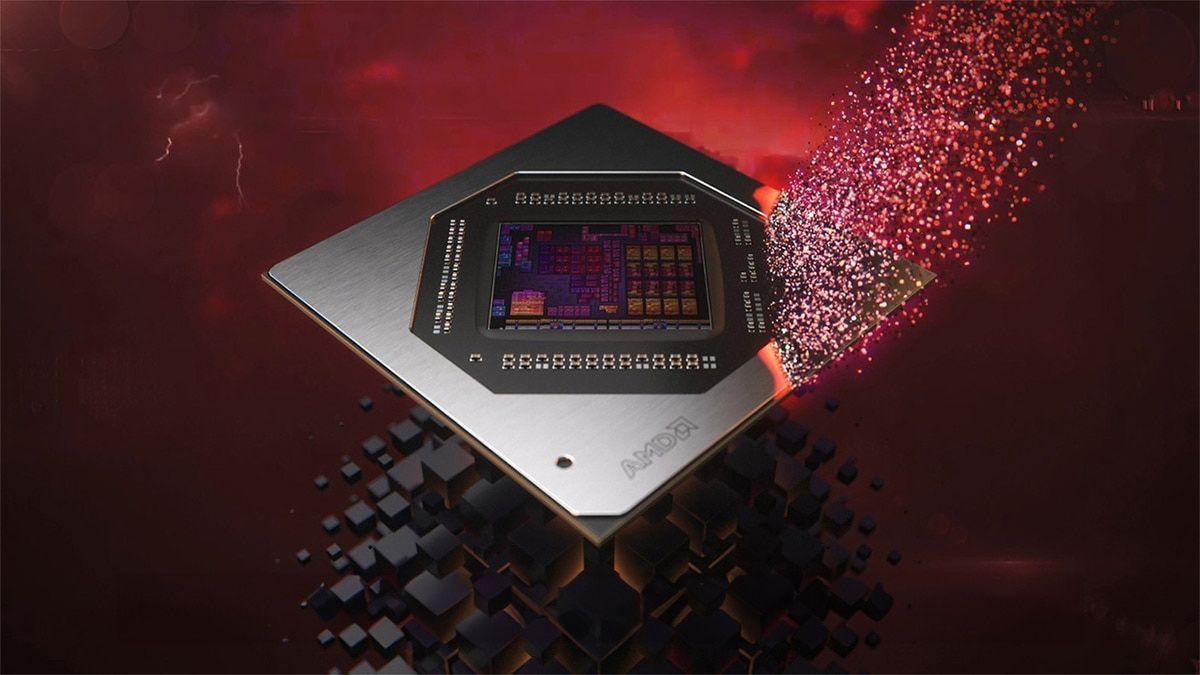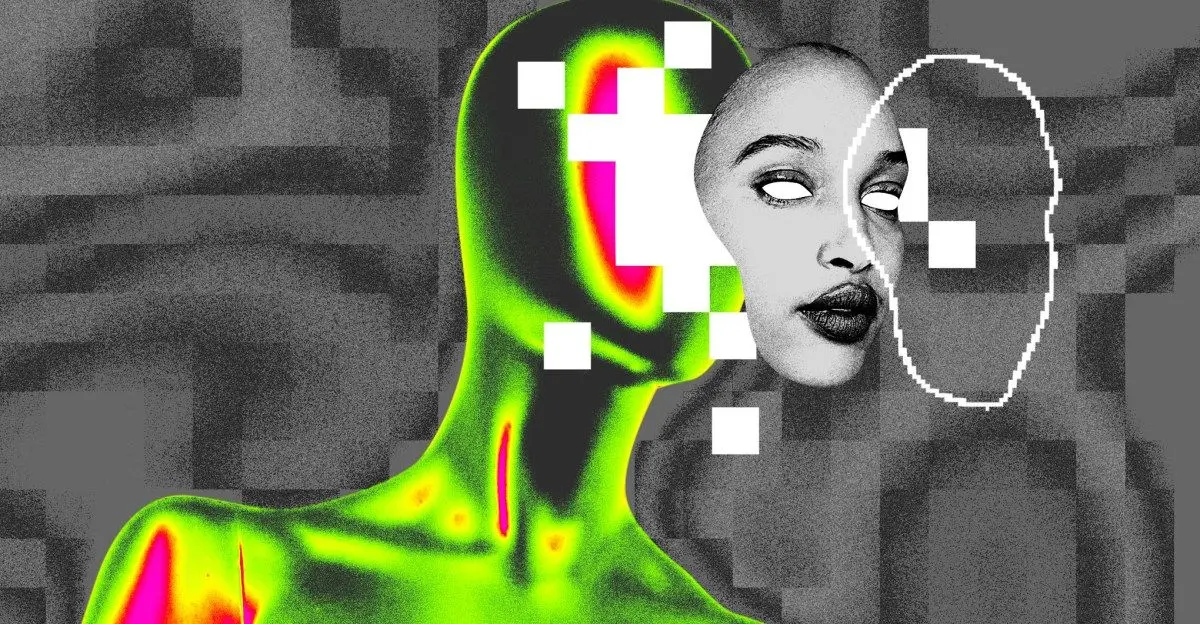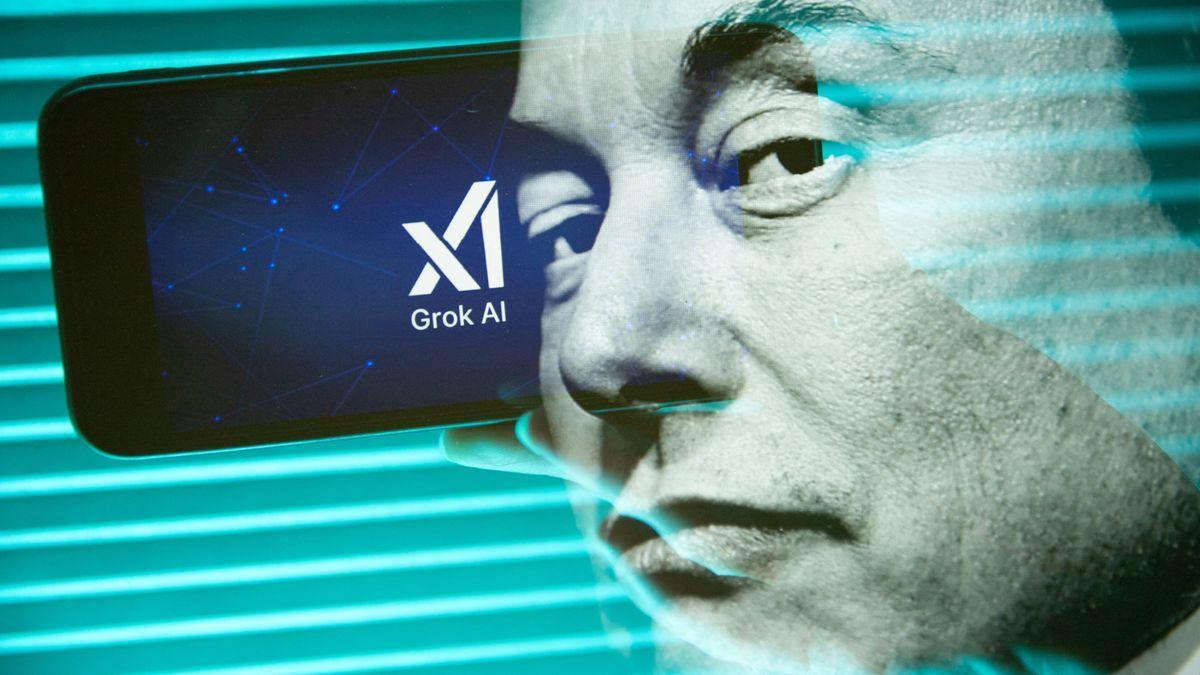AMD's FSR 4 Leak Hints at Potential Expansion to RX 7000 GPUs
2 Sources
2 Sources
[1]
I'm excited for RX 7000 GPU owners, as AMD leak suggests they could get FSR 4 speeding up games
It's feasible this could happen, and it seems AMD is certainly trying to make it work It seems AMD has accidentally released the full source code for FSR 4, and clues within that code represent an exciting hint that the newest frame rate boosting tech might come to older Radeon GPUs. Tom's Hardware reports that the mistaken spillage from Team Red was part of the release of a new version of its FidelitySDK, and it was initially picked up by VideoCardz and some keen-eyed folks on X. We know it was an error as AMD swiftly retracted the material (not before it was heavily screenshotted, though, or indeed downloaded by a good many folks). As you may be aware, currently FSR 4 is for RX 9000 GPUs only - it helps the latest graphics cards from AMD run games more smoothly - but within the source code that was briefly exposed there lies a hefty hint that Team Red might be considering bringing the tech to RX 7000 models. That suggestion consists of the FSR 4 source code appearing to have INT8 support, or at least work on that, alongside existing FP8 support. We don't need to get into the weeds with what those terms mean, as it does get very techy and involved indeed. All you really need to know is that FP8 workloads can be cut through much more swiftly with current-gen cards thanks to their beefed-up AI accelerators which are designed for these tasks - and in theory, the presence of INT8 would be to facilitate working better with RX 7000 graphics cards (it wouldn't be relevant to RX 9000 GPUs). As leaker Uzzi38 on X puts it, this is: "Confirmation for sure that AMD was interested in creating a watered down version of the model for less capable hardware." So, what does all this mean? Well, as Uzzi38 notes, it seems to confirm that AMD has at least experimented with getting FSR 4 running on past-gen graphics cards (which would surely be RX 7000 models). While FSR 4 remains exclusive to RDNA 4 graphics cards - and it was the first take on AMD's frame rate boosting tech to take this route, bringing in AI (machine learning) for refinements - there's no reason why it can't technically be run on older GPUs. The problem is whether it can be run well (or at least decently), and what performance levels gamers might witness on an RX 7000 card. So, AMD has apparently been giving this a whirl, or may currently be in the process of actually implementing it (or trying to, anyway). I believe that this is likely to be in the works, given that experiments in Linux suggest FSR 4 could work okay on RX 7000 GPUs, and it also makes sense that Team Red will want to bring this tech to bear more widely in time. When AMD has newer advances for current-gen GPUs ready to go - FSR Redstone is on the horizon for later this year - the idea may be to drip-feed FSR 4 down to the next tier of Radeon graphics cards. As to how this might shake out, the key is obviously whether AMD can ensure that FSR 4 is performant enough on these last-gen GPUs - or if it doesn't have to be watered down too much in terms of the resultant image quality gamers are getting. Even if there is something of a performance hit, though, gamers may well take the trade-off for improved image quality and detail - along with reduced ghosting and smearing, and other artifacts - that FSR 4 delivers over its predecessor FSR 3. In short, this could be really big for PC gamers with RX 7000 graphics cards - or it might turn out to be a nothing burger. I'm inclined towards the former being the more likely outcome here, but obviously take that with the seasoning piled high.
[2]
AMD accidentally posted FSR 4's source code as part of its FidelityFX SDK 2.0 launch
TL;DR: AMD's FidelityFX SDK 2.0 introduces FSR 4, an AI-driven upscaling technology exclusive to RDNA 4 GPUs, offering significant image quality improvements and Unreal Engine 5 integration. AMD is exploring broader hardware support and future AI features like FSR Redstone, enhancing gaming visuals and performance across Radeon GPUs. With the release of AMD's FidelityFX SDK 2.0, FSR 4 is finally available for all game developers, with integration available via signed DLLs. And to make things super easy for developers creating titles with Unreal Engine 5, this update also includes an Unreal Engine 5 plugin for developers to add FSR 4 support in games. Alongside the launch of FidelityFX SDK 2.0, AMD also briefly "launched" FSR 4's source code, image credit: Videocardz. AMD's FSR 4 is the latest iteration of the company's FidelityFX Super Resolution technology that moves to an AI solution similar to NVIDIA DLSS. As such, it's currently exclusive to AMD's RDNA 4 desktop GPUs, like the Radeon RX 9070 XT, which include advanced AI hardware. Per our reviews and hands-on time with FSR 4, it's safe to say that it presents a massive leap forward in image quality compared to FSR 3, and finally closes the gap between FSR and DLSS. However, unlike previous versions of FSR, FSR 4 is not officially 'open source' yet, with code available to all developers. Well, with the release of FidelityFX SDK 2.0, it was for a moment, as AMD briefly released the FSR 4 source code before taking it down. And things get a little interesting with the above screenshot from Videocardz, which indicates that AMD was or is working on multiple versions of FSR 4, one that is FP8-based (which is the version currently available for RDNA 4 GPUs) and one that is INT8-based. The latter indicates that AMD is looking to bring FSR 4 to more hardware, which could include the company's RDNA 3-powered Radeon RX 7000 Series. Or, the source code depository that was briefly shared merely contains AMD's attempts to get its more complex AI version of FSR to run on older Radeon hardware. In addition to FSR 4, AMD's FidelityFX SDK also lays the groundwork for all future AI or machine learning technologies that are coming soon - like FSR Redstone, which includes an AI-powered version of FidelityFX Frame Generation. With updated DLLs, FidelityFX SDK 2.0 also makes it easy for AMD's Radeon and graphics software to override current versions of FSR 3 or 4 with the latest version of FSR 4, similar to how NVIDIA's DLSS Override works. AMD has also confirmed that AMD FSR 3.1.4 Frame Generation will automatically update to FSR ML Frame Generation. That is, if you've got an RDNA 4 GPU, as AMD adds that the AMD FidelityFX API will automatically select AMD FSR 3.1.5 for older Radeon hardware.
Share
Share
Copy Link
AMD accidentally released the source code for FSR 4, revealing potential support for older RX 7000 GPUs. This leak suggests AMD is working on expanding its AI-driven upscaling technology beyond the current RDNA 4 exclusivity.
AMD's Accidental Leak Reveals Potential FSR 4 Expansion
AMD, the renowned graphics processor manufacturer, has inadvertently released the full source code for its latest FidelityFX Super Resolution (FSR) 4 technology. This unintended disclosure has sparked excitement among tech enthusiasts, as it suggests a possible expansion of the frame rate boosting technology to older Radeon GPUs, particularly the RX 7000 series
1
.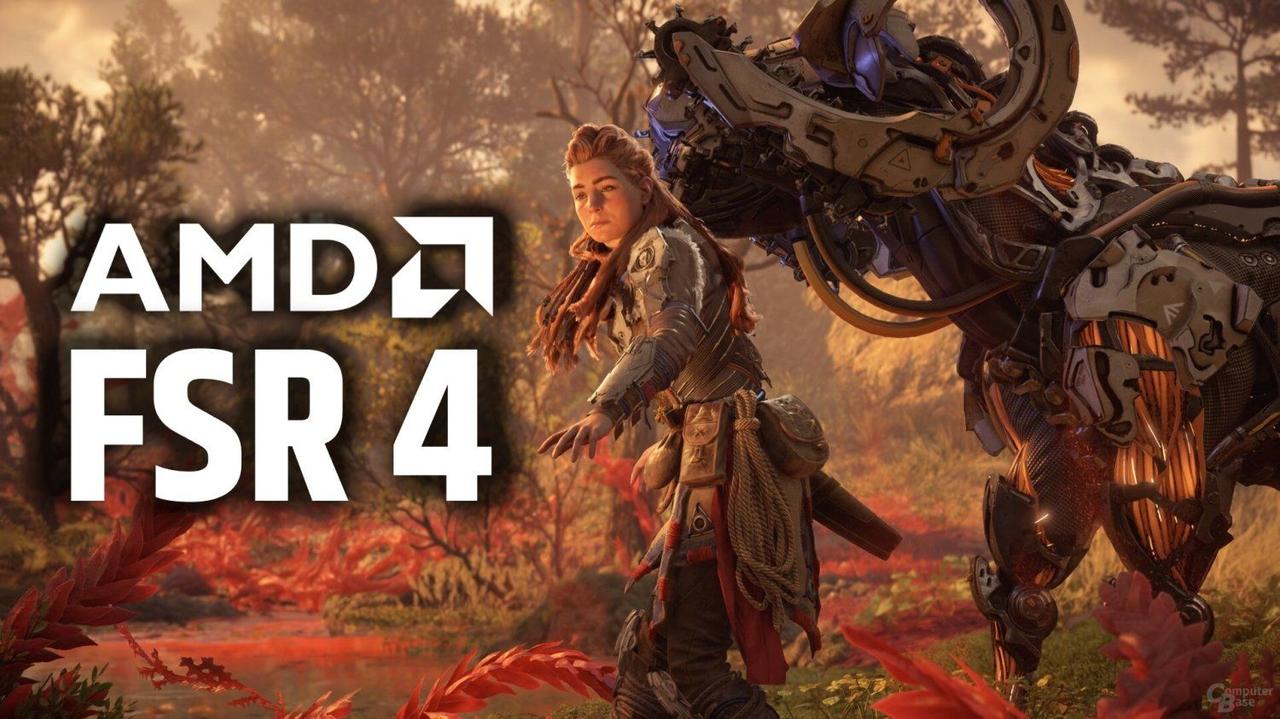
Source: TweakTown
The Accidental Unveiling
The leak occurred during the release of a new version of AMD's FidelitySDK. Although quickly retracted, the brief exposure allowed keen observers to capture and analyze the code
1
. This mishap has provided valuable insights into AMD's potential plans for its upscaling technology.Technical Implications of the Leak
Within the leaked source code, there are strong indications that AMD is considering bringing FSR 4 to RX 7000 models. The code appears to include INT8 support alongside existing FP8 support. While the technical details are complex, the presence of INT8 support suggests compatibility with RX 7000 graphics cards
1
.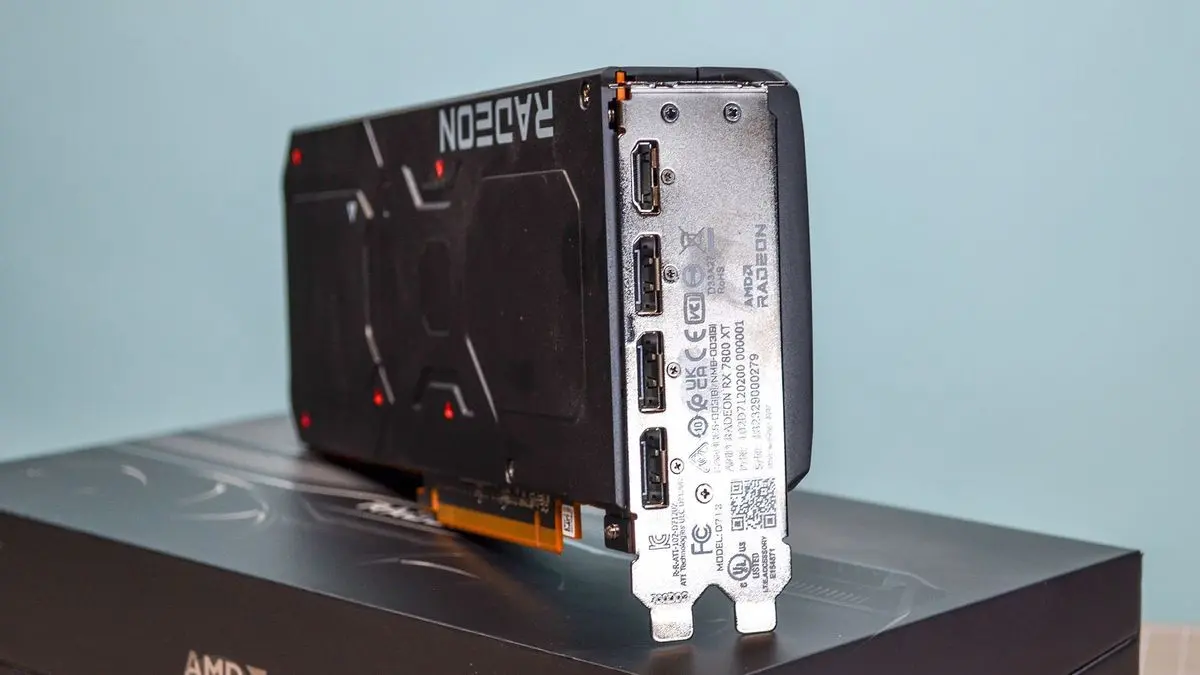
Source: TechRadar
Current State of FSR 4
As it stands, FSR 4 is exclusive to AMD's latest RX 9000 GPUs, leveraging their advanced AI accelerators for improved performance. The technology represents a significant leap in AMD's frame rate boosting capabilities, incorporating AI (machine learning) for refinements
2
.Potential for Broader Hardware Support
The leak has fueled speculation about AMD's intentions to expand FSR 4's compatibility. While the technology is currently optimized for RDNA 4 architecture, experiments suggest it could potentially run on RX 7000 GPUs. The key challenge lies in achieving satisfactory performance levels and image quality on these older models
1
.Related Stories
FidelityFX SDK 2.0 and Future Developments
Alongside this leak, AMD officially launched FidelityFX SDK 2.0, which includes FSR 4 for game developers. This update also features an Unreal Engine 5 plugin, simplifying the integration of FSR 4 into games
2
. Furthermore, AMD is laying the groundwork for future AI-driven technologies, such as FSR Redstone, which promises an AI-powered version of FidelityFX Frame Generation2
.Implications for Gamers and Developers
If AMD successfully implements FSR 4 on RX 7000 series GPUs, it could significantly benefit a broader range of PC gamers. Even with potential performance trade-offs, the improved image quality, reduced artifacts, and enhanced detail could be a welcome upgrade for many users
1
.For developers, the FidelityFX SDK 2.0 update streamlines the integration of FSR 4 into games, particularly those using Unreal Engine 5. This ease of implementation could lead to wider adoption of AMD's upscaling technology across various titles
2
.Looking Ahead
While AMD has not officially confirmed plans to bring FSR 4 to older GPUs, the leaked source code and ongoing experiments suggest it's a possibility. As AMD continues to refine its AI-driven upscaling technology and prepares for future iterations like FSR Redstone, the gaming community eagerly anticipates further developments in this rapidly evolving field of graphics technology
1
2
.References
Summarized by
Navi
[1]
Related Stories
Recent Highlights
1
Nvidia drops $20 billion on AI chip startup Groq in largest acquisition ever
Business and Economy

2
Meta acquires Manus for $2 billion, adding revenue-generating AI agents to its platforms
Business and Economy

3
China proposes world's strictest AI chatbot rules to prevent suicide and emotional manipulation
Policy and Regulation



